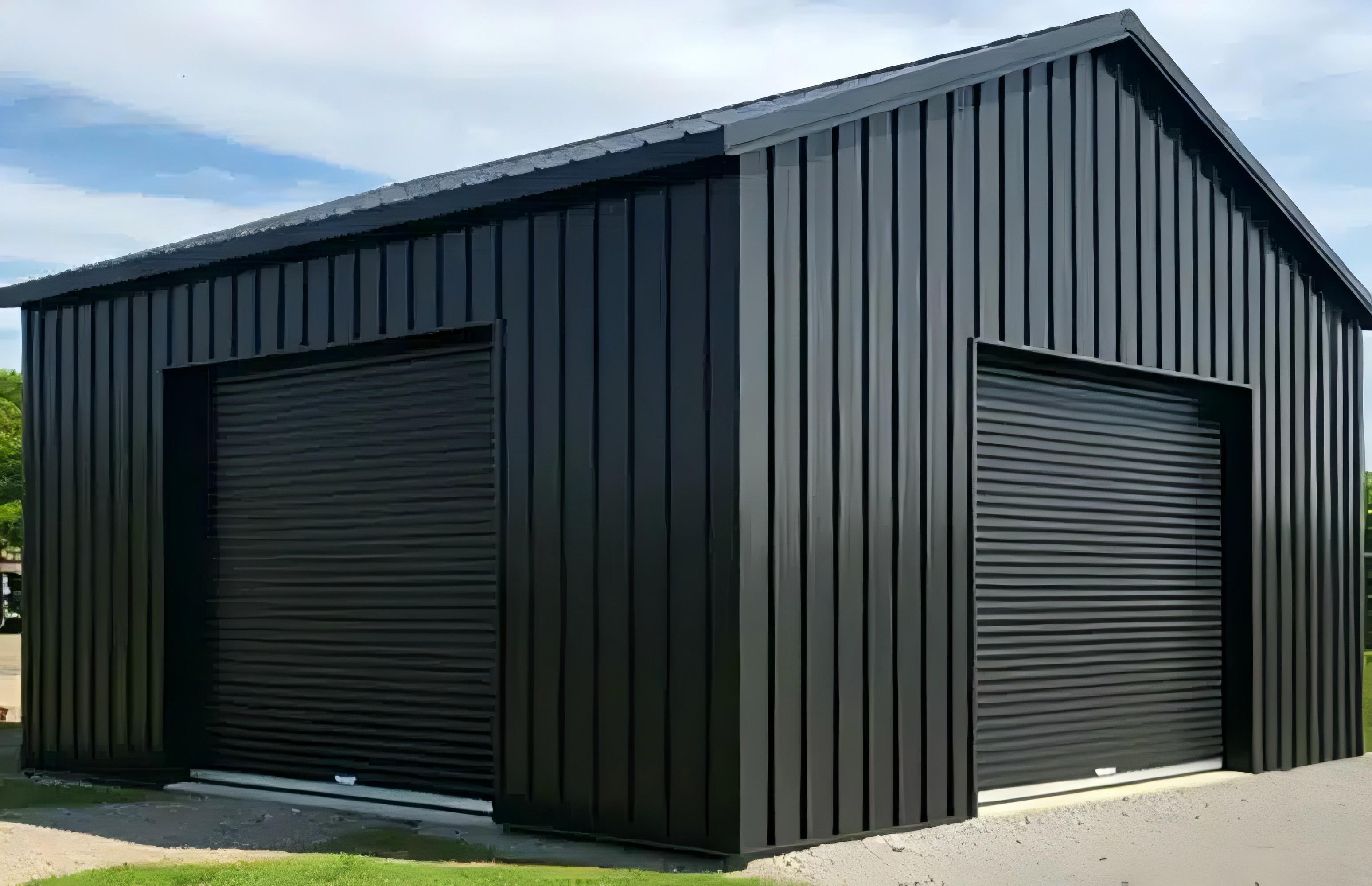- NEWS -

The development of modern steel farm buildings in Australia is being shaped by advancements in technology, sustainability, and changing agricultural needs. Here are the key trends:
1. Sustainable & Eco-Friendly Designs
Solar Integration: Many steel farm buildings now incorporate solar panels on roofs to generate renewable energy.
Recycled Materials: Use of recycled steel and sustainable insulation options to reduce environmental impact.
Rainwater Harvesting: Gutter systems and storage solutions are integrated into designs to improve water efficiency.
2. Advanced Durability & Weather Resistance
Cyclone & Bushfire-Resistant Structures: Reinforced steel frames and fire-resistant coatings are increasingly important due to extreme weather.
Corrosion Protection: Galvanized steel and advanced coatings extend lifespan in harsh rural conditions.
3. Smart Farming Integration
IoT & Automation: Steel structures are being designed to house automated feeding systems, climate-controlled environments, and sensor-based monitoring.
Precision Agriculture: Buildings support tech like vertical farming, hydroponics, and robotic milking systems.
4. Modular & Customizable Designs
Prefabricated Kits: Quick assembly and cost-effective modular steel buildings are popular for sheds, barns, and storage.
Expandable Structures: Flexible designs allow for future expansion as farm needs grow.
5. Multi-Functional Use
Mixed-Use Facilities: Combining machinery storage, livestock housing, and crop processing under one roof.
Vertical Space Utilization: High ceilings and mezzanine floors maximize storage and workspace.
6. Improved Insulation & Ventilation
Thermal Regulation: Reflective roofing and insulated panels help maintain optimal temperatures.
Natural Ventilation: Strategically placed vents and ridge systems improve airflow for livestock comfort.
7. Cost-Effective & Low-Maintenance Solutions
Long-Term Savings: Steel’s durability reduces repair costs compared to traditional timber structures.
Low Upkeep: Resistant to pests, rot, and fire, minimizing maintenance efforts.
8. Compliance with Australian Standards
Meeting Building Codes: Designs adhere to AS 4100 (Steel Structures) and NCC (National Construction Code) for safety and efficiency.
Bushfire Attack Level (BAL) Ratings: Ensuring structures can withstand fire-prone conditions.
Future Outlook:
As Australian agriculture embraces automation and climate resilience, steel farm buildings will continue evolving with smarter, greener, and more adaptable designs, supporting the sector’s growth.
Related Posts
Online Message
TOUCH WITH US
